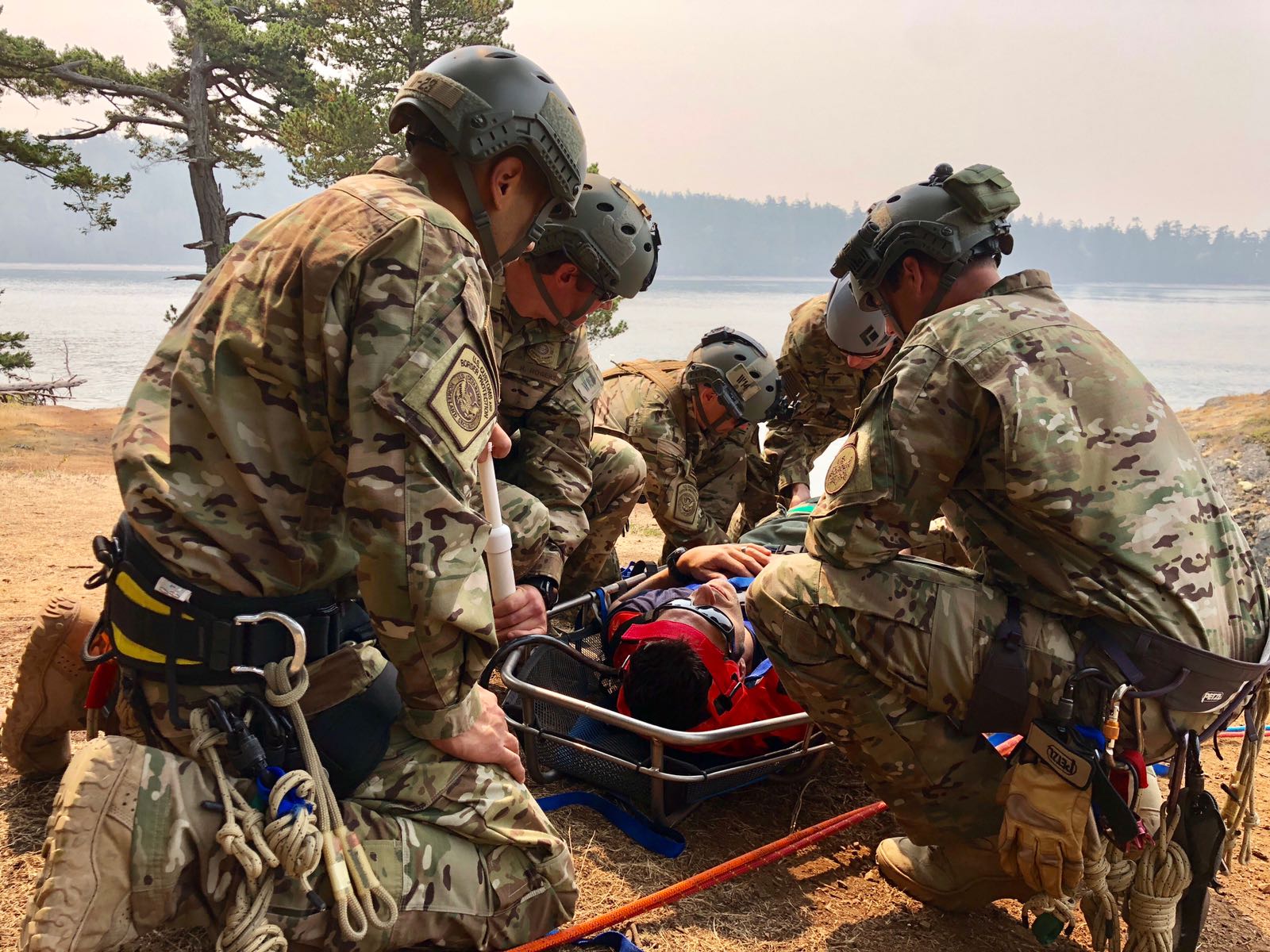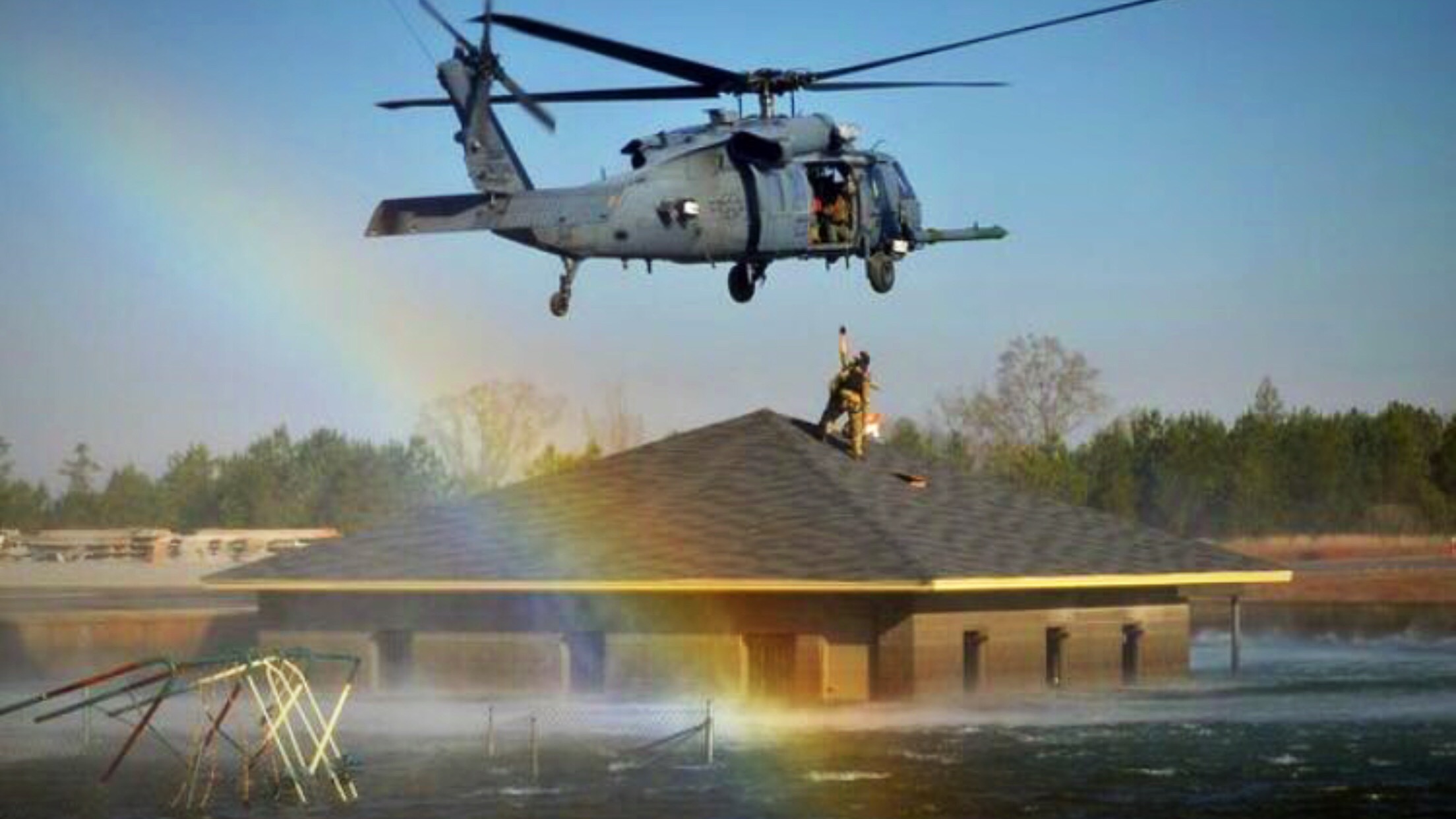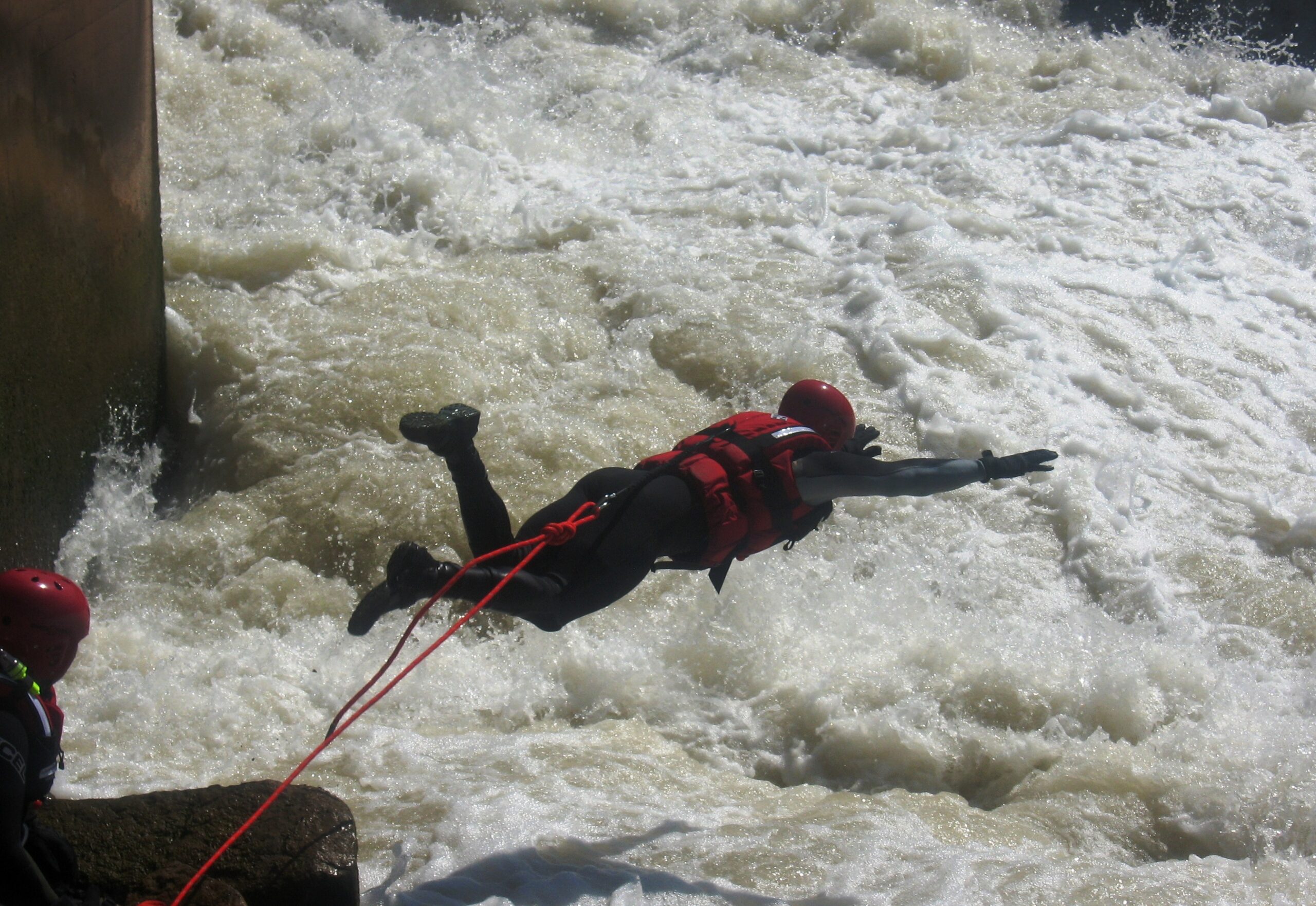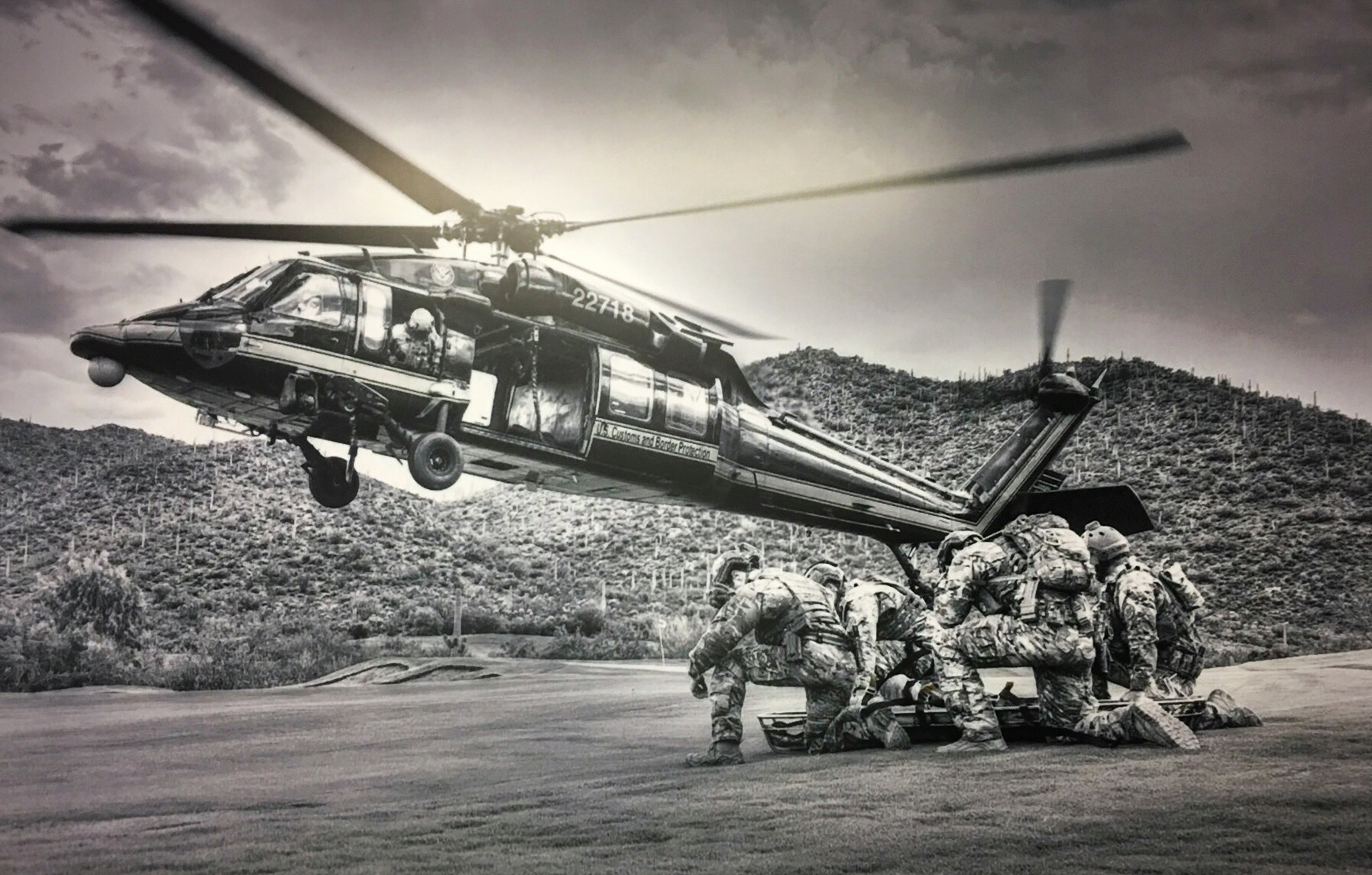The U.S. Border Patrol created an office in 1998 to focus on rescuing injured agents as well as migrants found dead in remote parts of the Southwest border, but 20 years later, the team mostly responds to 911 calls from illegal immigrants looking for help after crossing from Mexico into America.
About 90 percent of the people the Border Patrol Search, Trauma, and Rescue Unit, or BORSTAR, rescues today “have crossed the border illegally,” Border Patrol Special Operations Group Deputy Chief Patrol Agent Jesse Munoz confirmed to the Washington Examiner.
“The people who cross the border know about us and they know how to get in touch with us,” Munoz said during a recent phone interview. “If they bring a cellphone and they don’t have service, at least that will go to a 911 operator. The 911 operator will forward that.”
Although the office was largely stood up to help agents in distress, changes to infrastructure and other barriers at the Southwest border led people to begin traveling through harsher terrains to illegally enter the U.S., and the result has been a higher number of illegal immigrants in need of emergency assistance.

Two decades ago, U.S. Customs and Border Protection installed fencing in Border Patrol’s El Paso Sector and San Diego Sector to prevent unlawful entrants from crossing near the high-traffic ports of entry.
That pushed illegal traffic into remote areas of Arizona. In response, the Border Patrol set up BORSTAR to have an in-home office for responding to these especially treacherous areas where first responders were not equipped to travel.
Agents have the technology and knowledge to get a call from a person lost in the desert and find them based on minimal information from the caller.

In fiscal 2017, BORSTAR rescued 1,028 people. This year, which ends Sept. 30, agents have rescued 886 people and are on track to meet last year’s number. Those rescues do not include people found in tractor-trailers, car trunks, or other vehicles that non-BORSTAR agents find people in as they try to smuggle themselves into the country.
Munoz said it’s difficult to pinpoint how much a rescue operation costs because of location, the types of resources used, and the number of personnel deployed.
The office receives money as a Department of Homeland Security entity but also receives funding from each of the Border Patrol sectors. BORSTAR is based in El Paso, Texas, but responds to emergencies on the northern border and elsewhere. It’s also the only national law enforcement search and rescue entity that has the ability to conduct tactical medical as well as search and rescue training for federal, state, local, and international government agencies, according to its website.

BORSTAR agents receive specialized training in a range of areas to help them do their job. But while this training and preparedness comes at a cost, Munoz said he and his 260 fellow BORSTAR personnel don’t discriminate between saving agents or illegal immigrants.
“I think no matter what you think about illegal immigration — whether you’re for or against it — people shouldn’t die because they crossed illegally. For us, it’s not an issue … These people are in distress. It doesn’t matter what their immigration status is — we’re going to save their lives,” he said.
The agents also rescue Americans, whether that be a car accident in a remote part of South Texas or a lost hiker in Arizona. In certain remote parts of the Southwest border, calls to 911 will automatically be forwarded to BORSTAR because of their ability to perform extremely difficult operations.

All personnel are certified emergency medical technicians and approximately one-quarter are paramedics. They are among the most heavily trained law enforcement agents in the country and joining the ranks is difficult. Of the nearly 20,000 total Border Patrol agents in America, just 1 percent are part of BORSTAR.
“It has to be that challenging because of the areas they work,” Munoz said. “Sometimes we’ll do a rescue and you have to walk several miles to get to them and then put them on a stretcher and carry them out.”
Munoz is about to hit 15 years working in special operations, but said there’s a reason he keeps doing what he’s doing even when some Democratic lawmakers have called for the abolishing of some DHS agencies.
“One thing that’s really a good feeling for me is to think of the thousands and thousands of people that are alive today because the Border Patrol invested in this team. There’s literally thousands of people walking around today because of BORSTAR,” said Munoz. “We weren’t mandated by DHS — it wasn’t somebody from the outside saying, ‘Hey, you guys need to stand up this team.’ This came internally from Border Patrol saying, ‘Hey, we want to make this safer for our team.'”
“I think it’s a side of the Border Patrol that people don’t see,” he said.

